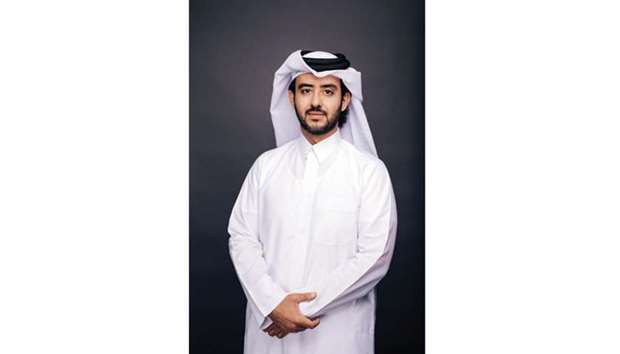Africa’s $6.8bn reinsurance market is expected to recover markedly in 2018, according to the second edition of the ‘Africa Reinsurance Pulse’ report, facilitated with the support of the Qatar Financial Centre (QFC), Africa Re, the African Insurance Organisation (AIO) and Tunis Re.
In 2016, Africa’s GDP growth dropped to 2.1%, below the global average of 3.2%. Insurance premiums declined by 15.3% to $61bn.
However, the contraction is mainly due to the depreciation of some key African currencies against the dollar. For 2018, the senior reinsurance and brokerage executives interviewed expect results to improve markedly as the underlying market fundamentals remain largely unscathed from the current decline.
The Africa Reinsurance Pulse is an annual research series, conducted by Dr Schanz, Alms & Company. It provides an authoritative overview of the current state and future prospects of Africa’s reinsurance markets. The study is based on in-depth interviews with 20 reinsurers and brokers operating in the region. A copy of the report can be downloaded at: pulse.schanz-alms.com
QFC Authority chief economic adviser Dr Haitham al-Salama said, “Africa’s insurance market carries various opportunities thanks to the strong economic growth potential with emerging middle income class and infrastructure investments. The dynamics of the market is similar to what has been experienced in the Middle East. Both regions are driven by certain underlying fundamentals such as population growth, changing habits of consumption, new technologies and the necessity to diversify the economy away from the dependence on a few, dominant commodities. Given these similarities, understanding the African experience would be key for both policy makers and companies who seek opportunities in the region.”
Contrary to the development in US dollar terms, in original currencies, most African insurance markets continued to grow in 2016. Going forward, they are expected to benefit from the low insurance penetration, the recovery of commodity prices and the continent’s need for infrastructure. Africa’s young and growing population, its expanding middle class and technological innovations, which alter consumer habits, drive demand and create product opportunities as well as new avenues for distribution.
However, according to the executives, Africa remains dependent upon factors external to its own sphere of influence. While insurance markets contracted, excess capacity continues to flow inwards, driving competition and, as a consequence, protectionism.
To some interviewees, this threatens markets as they exclude themselves from access to foreign expertise, limit the potential for risk diversification and thus increase the exposure within the ‘protected’ domestic economy.
Current premium rates are low compared to the average of the past three years, but due to large losses, rising claims and the introduction of Risk-Based Capital regulation, pricing seems to stabilise. Still, current profitability is depressed as well. But according to the interviewees, we might be closing in on the bottom of the cycle. Driven by an increase in rates in life insurance, cost reductions, tighter underwriting discipline and a steady recovery of the economy, returns are expected to improve.
The inflow of excess capacity into Africa is expected to continue, albeit at a slower pace. Since Africa will remain a growth market, reinsurers rather trim their costs than reduce capacity. Due to low exposure to natural catastrophes and largely uncorrelated risks, Africa remains a ‘diversification play’ and will continue to attract capacity.
A vast majority of executives assume that reinsurance exposure will grow as fast or even faster than GDP as the concentration of values continues to rise, while rates decline. As a result, premiums are expected to grow at a slower pace than GDP. Only once the economy rebounds, premiums should outgrow GDP again, provided heightened demand will translate into stable or rising reinsurance rates as well.
On average the reinsurers and brokers surveyed were active in 20 African markets. Over the course of the past three years, a majority of them increased the number of markets they are active in. Going forward that trend will continue as to most of the reinsurers and brokers interviewed an expansion into new markets and/or new lines of business is a top priority for the next 12 months.
Regulation has improved in the past 12 months in Africa. Markets like Morocco and Kenya adopted a Risk-Based Capital solvency approach, while minimum capital requirements were increased and compulsory insurance schemes more systematically enacted.
Although there is no uniform trend across the reinsurance sector in Africa, rising protectionism and excess capacity are major concerns. Underwriting quality, risk management and expertise are seen to be improving. An expanding middle class, a deeper understanding for insurance products and the emergence of new technologies will benefit insurance markets and help increase insurance penetration.

Dr al-Salama: Africa offers various opportunities.
